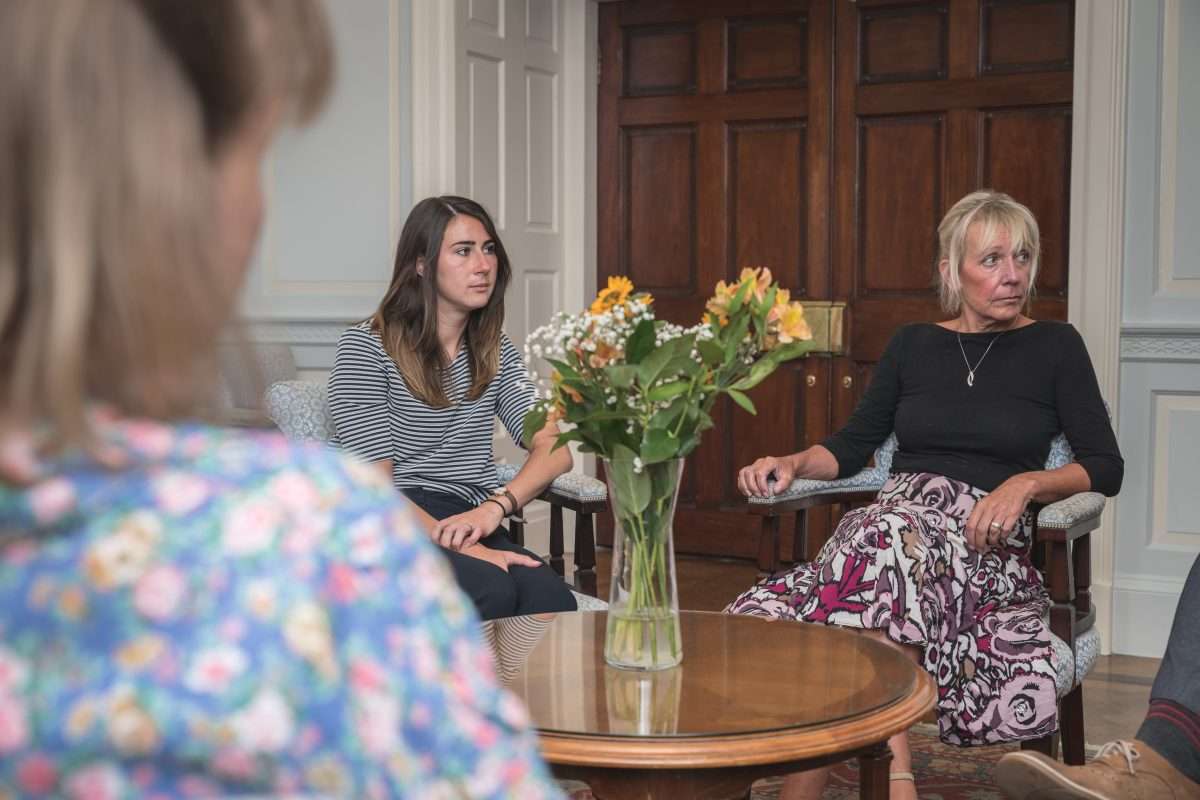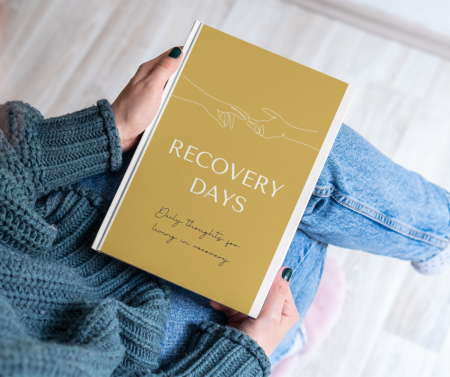UK Addiction Facts and Figures
Who exactly goes to rehab and why
- (Figures include charity, local Government and NHS (2019-20, adults, non-private)
- Some addicts suffer from more than one addiction, ie opiates and alcohol
- Rehab is loosely defined as a resource of structure residential or non-residential care
How many people request drug or alcohol treatment in the UK
Over a quarter of a million adults in the UK sought treatment for alcohol or drug addiction. This is largely the same as in 2018/9. Approximately half were offered some sort of treatment. 90% of these patients were seen within the community and not within a residential facility. Of the 90% offered treatment approximately half left without finishing.
- 270,705 people seeking treatment for addiction to alcohol/drugs
- 132,124 enter a day treatment facility or residential rehab
- 117,678 left treatment in 2019/20
- 15,161 went to a residential rehab
- 55,308 complete the course of treatment (47%)
- 2991 addicts die in rehab, mainly opiate users
- 54% of people in treatment are in for opiate addiction

Drugs, alcohol or both?
The addiction problem in the UK is slowly changing towards opiate addiction. However many addicts site alcohol and drugs, or opiates and crack cocaine as their main substance so figures can be misleading. It is a fact that 21% of addicts entering treatment have injected drugs.
Again the number of addicts in the UK entering treatment remain the same as in 2018/9, this could be because there are no additional resources.
There has been a significant rise in users seeking treatment for crack cocaine addiction. Ketamine addiction has also seen a rise with a small fall in alcohol misuse.
- 66,540 Opiate addicts, namely heroin
- 73% are male
- 37,102 for alcoholism
- 60% are male
- 21,030 crack addicts
- 71% are male
- 1420 ketamine addicts
- 74% are male
Year on Year
- Numbers for opiate patients has remained the same
- There has been a rise in the number of adults entering treatment for crack cocaine.
- This is increasing every year since 2015
- Blamed on surge in supply, lowering prices but improving quality
- Alcoholism has slightly reduced
- Ketamine addiction up 19% year on year
More about the actual rehab candidates
Patients seeking treatment within the public sector are unlikely to come from AB social demographic categories so some of the below facts will not be surprising.
- 20% homeless or have housing problems
- New psychoactive substances (NPS) (legal highs) users have the largest chance of being homeless 1:2
- 60% suffer from a mental health issue (dual diagnosis)
- 60% smoke cigarettes
- 69% are male and over 18
- Most drug addicts are male
- 21% of people in treatment inject or have injected drugs
- Most people in rehab are over 30 but under 54
- One in ten people in treatment have used cocaine
- More than half of the people in treatment were over 40 years old
- less than 10% of people in treatment for opiates or alcohol only were under 30
- The average age of an opiate addict is 31
- The average age for an alcoholic is 41
- People who reported using substances other than opiates or alcohol tended to be younger.
- Most live either in the North of England or in poorer city regions like Tower Hamlets and Hackney in London
- 56% of people in treatment for crack and/or opiates live in the most deprived areas in England.
- 50% of addicts in rehab do not have children or do not have contact with children
- 75% of all opiate treatment patients do not complete treatment
- 40% of alcoholics finish treatment
How many people are addicted?
Numbers of registered Drug Addicts and Alcoholics in the UK
- 261,294 opiate users
- 180,748 crack cocaine users. (of which only 40% seek treatment)
- 66% between 35 and 64 years old
- 586,797 adults with alcohol dependency
- 104,880 individuals in treatment for alcohol 2019/20
- 82% of adults in need of specialist treatment for alcohol are not receiving it.
Referrals
It is surprising how many patients referred themselves or were helped by a friend or a family member. GP’s only accounted for 7% of all referrals
- 65% self-referred or were referred by family and friends.
- GPs which accounted for 7%
- Hospitals made up 3% of all referrals
- 1% of referrals came from social service
- 13% from the criminal justice system
- Prison referrals accounted for 6% of all referrals
Types of treatment facility
All people in treatment received some form of structured treatment loosely referred to as rehab.
- 98% received a community-based treatment
- 8% received treatment in a primary care setting
- 3% received treatment in an inpatient setting
- 2% received treatment in a residential setting
Year on Year
2019/20 15,161 people inpatient/residential rehab
2018/19 16,757
2014/5 25,487
(41% of residential rehab beds have disappeared in 5 years)
Outcomes
- 117,678 left treatment in 2019/20
- 47% free of substance after completing treatment*
- (Proportionally more alcoholics recover than opiate addicts)
- 50% of people in treatment have been in treatment before
*Down from 53% 2013/14
Private treatment rehabs*
2019/20/21
Includes charity/NHS units that accept paying patients
- 49,140 people seeking private drug and alcohol residential treatment 2019/20
- 23,400 people in residential treatment in the UK
- 68% of people finish the treatment process
- This rises to 88% of people who initially decided on their own to seek treatment
Drugs or alcohol
- 33% Alcoholic
- 34% of opioids including heroin
- 9% Cannabis
- 16 % Stimulants including cocaine
*estimates
Source: Gov UK/NHS/
- Community-based drug and alcohol services
- Specialist outpatient services
- GP surgeries
- Private Residential Rehabilitation Centres
- Inpatient units



